New Smithsonian Resources and Activities
Indigenous Peoples' Day: Transformative Teaching
How is teaching a form of activism? This Indigenous Peoples' Day program from the National Museum of the American Indian highlights Native youth who are incorporating Indigenous voices in K–12 education and promoting inclusive conversations in our nation's classrooms. The program will be held October 10 at 1 pm ET and will be available on demand afterwards. (Free, but registration is required.)
Living in the Atlantic World 1450-1800
In this lesson from the National Museum of American History, students will learn how Atlantic-based trade shaped modern world history and life in America, and explore the web of maritime connections between Western Europe, western and central Africa, and the Americas that made up the Atlantic world.
Native Words, Native Warriors
This lesson from the National Museum of the American Indian tells the stories of these military heroes, also known as code talkers.
The Great Inka Road: How Can a Road System Be an Example of Innovation?
This lesson from the National Museum of the American Indian highlights Inka engineering accomplishments that allowed the Inka to manage their vast and disperse empire, and how their legacy has relevancy in the present day..
Native American Beading
This Learning Lab collection from the Smithsonian National Museum of the American Indian explores examples of bead work among Native American women, in particular Kiowa artist Teri Greeves, and helps students to consider these works as both expressions of the individual artist and expressions of a cultural tradition.
Dress Coded
Dress codes have been around a long time—from the old days of long skirts and bloomers to today’s regulation-length shorts. But while the specifics of what girls can wear to school have changed, the purpose of the codes has not. Find out more in this Smithsonian Sidedoor podcast.
|

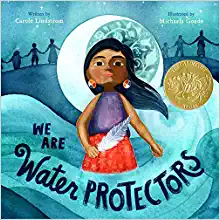 .
. 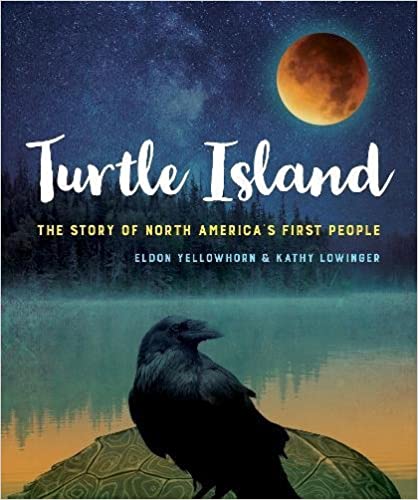
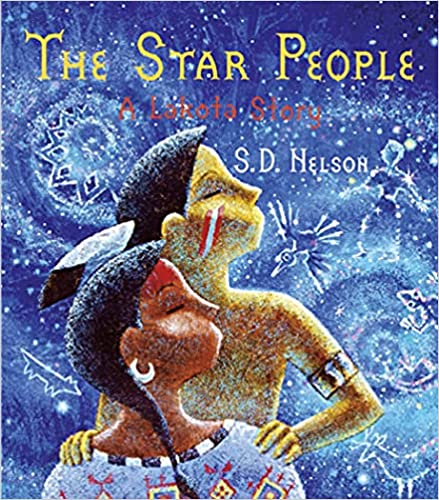 .
. 
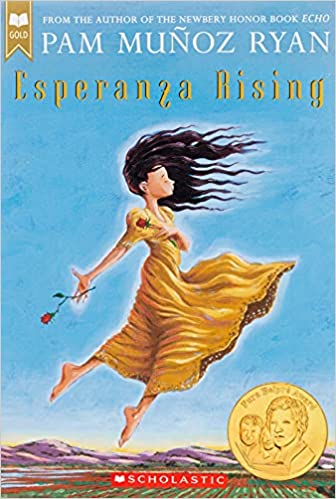
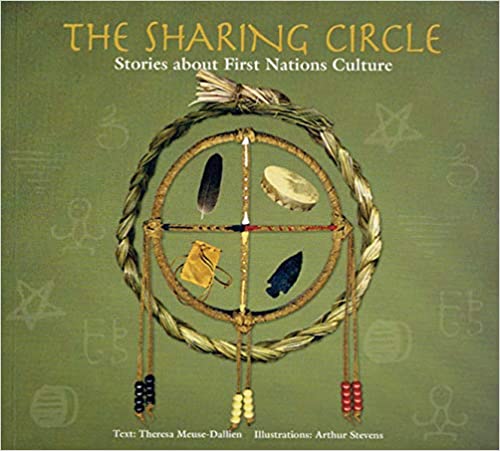

/https://tf-cmsv2-smithsonianmag-media.s3.amazonaws.com/filer_public/e1/25/e125e727-1260-41fa-a418-093807b870e0/5_suggestions_youth_in_action.png)